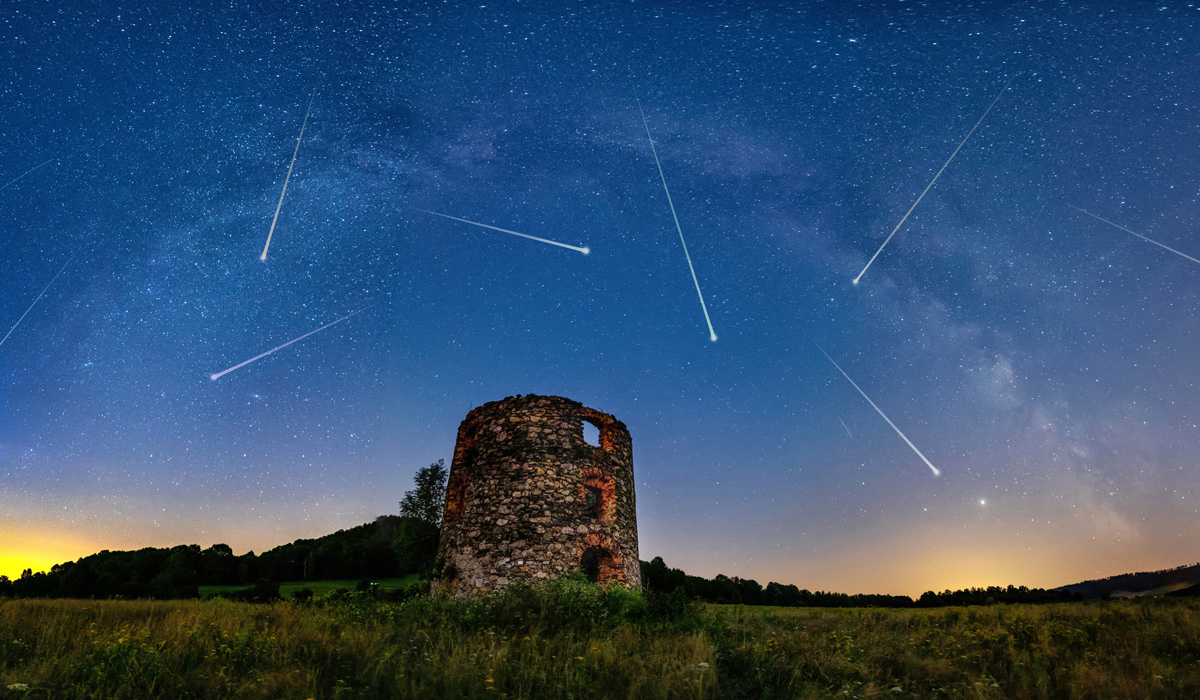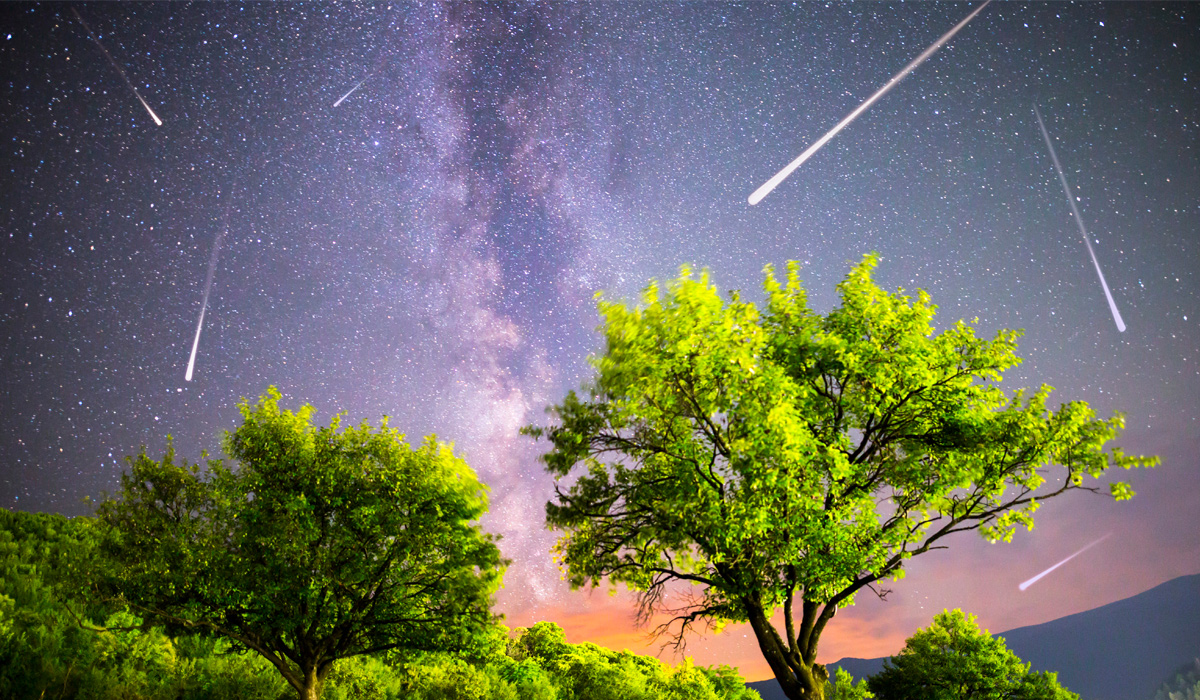Watching the Geminid Meteor Shower
Driving to West Texas late one night as a child, I kept seeing shooting stars. My mother pulled over, and it turns out we were watching the Leonid meteor shower. It’s one of my favorite memories as a child. We were going camping in the quiet West Texas desert, and that little stop was one of the best moments of the trip. Today, we’ve got a chance for you to have a special stargazing moment with your family, too. The Geminid meteor shower is coming up shortly, and it’s one of the strongest meteor showers of the year.
The Geminid meteor shower and most meteor showers are named based on what constellation it blocks out. The Geminid meteors block out the constellation Gemini, and you’ll be able to stargaze and see the show as early as this week (the week of December 6th, 2020). However, for the best performance, you’ll want to be patient and wait until the New Moon, which occurs on December 13th and 14th.
The Geminid differs from other meteor showers in that its meteors are the remnants of an asteroid, whereas most other meteor showers originate from comets. These meteors appear as shooting stars as they enter and consequently burn up in Earth’s atmosphere. Spotting scopes, binoculars, night vision binoculars, and other forms of telescopes will be helpful, but you have a great chance of seeing this meteor shower with the naked eye. Up to 120 meteors per hour go flying through the air during peak show time (around 2 a.m. in the contiguous U.S.). These balls of fury move quickly and are very bright — they are even known to present bright colors as they zoom through the night sky.

Setting Yourself Up for Success
Alright, let’s start with the basics. If you think you’re going to see this shower from your penthouse apartment in Los Angeles or New York City — I’m sorry to inform you that it just isn’t going to happen. You’ll need to head somewhere dark, without light pollution, to get a great view. A forest might seem to fit this bill, but if the trees are obstructing your optics of the sky, that’s not ideal. Try to head to a lookout point with a clear overhead view of an open space far away from the city!
Additionally, if you’re in the Northern Hemisphere — it’s winter and likely cold. Be sure to prepare for the cooler weather and bring sleeping bags, blankets, and other items to keep you warm. Other ideas for warmth might include hand warmers or a warm drink like hot cocoa, tea or if you really want a fun time — try a hot toddy.
Now that you’ve found a spot and you’re warm and cozy let’s get oriented for viewing. At least 30 minutes after dark, lie down with your feet facing south and try to take in as much of the sky as possible in your view. After some time, your eyes will begin to adjust, and with some luck, you’ll start seeing the meteors.

Best Times for Viewing
You can view the Geminids as early as 30 minutes after dark until just before dawn. Any time after 9 p.m. is game for this meteor shower, but your best views will occur around 2 a.m. The Moon is currently waning (getting smaller) and will continue getting smaller until the New Moon rises on December 13th and 14th. We’ll have less light from the Moon during the New Moon and the best chances for seeing the most meteors and stargazing.
Another key consideration to take? The weather in your area. You’re unlikely to see anything if you’ve got cloudy skies above you. Clear, dark nights are always the best nights for stargazing! The show really kicks up around 9 or 10 p.m., making the Geminid meteor shower one of the best viewing opportunities for young children since they’ll only be up a hair past their bedtime.
Alright, fellow stargazers, you’re prepped to view one of the most fabulous shows of the year. We hope you enjoy the Geminids as much as we will and stay warm while you do so. Be patient as you watch for the meteors; we promise they’ll be worth the wait. While you’re out there, it’s a great time to look for other constellations and learn the night sky around you. See if you can learn to spot the Big Dipper, Little Dipper, Orion, Taurus, and Cassiopeia — these are some of the most easily visible and recognizable constellations.



